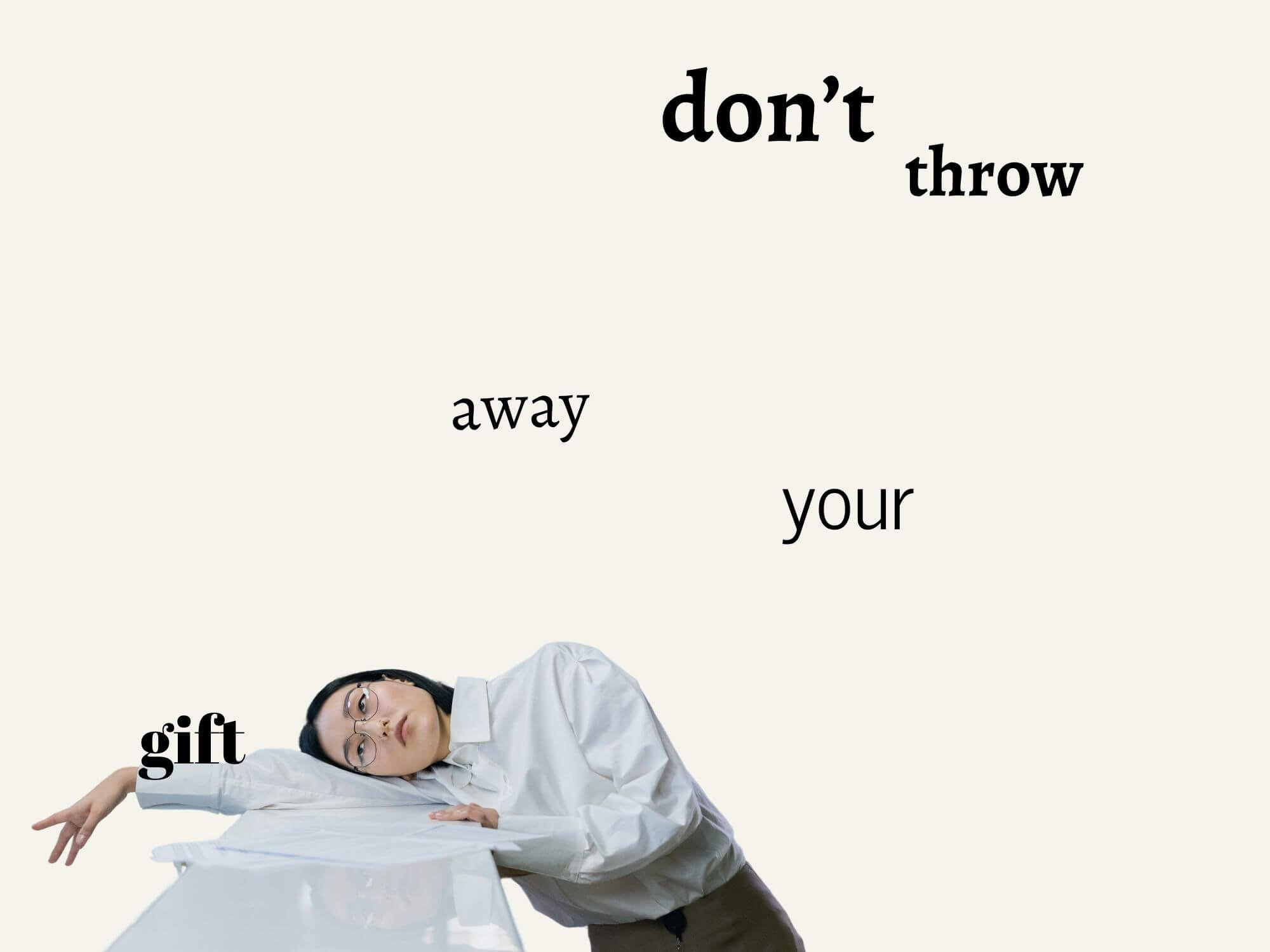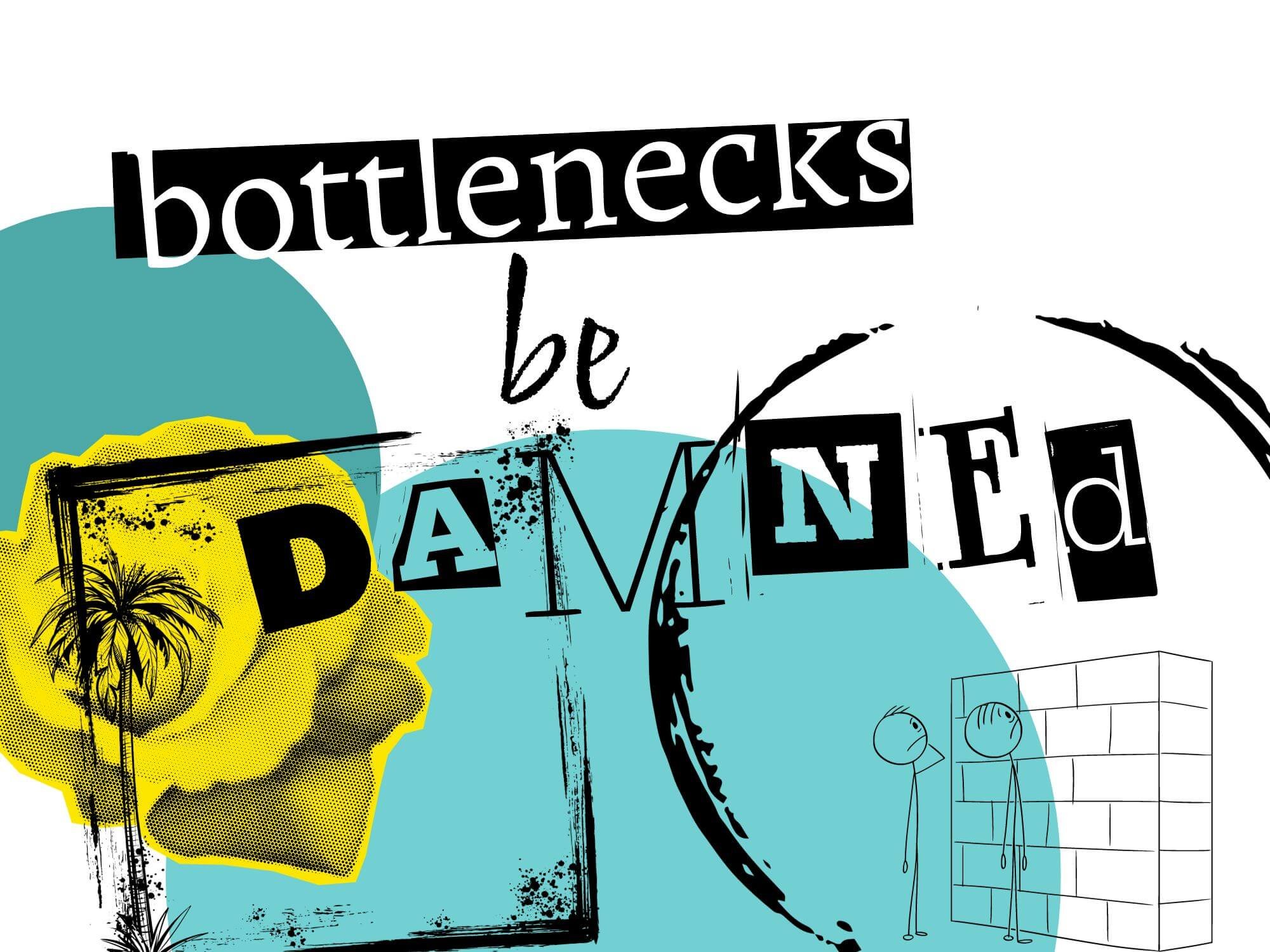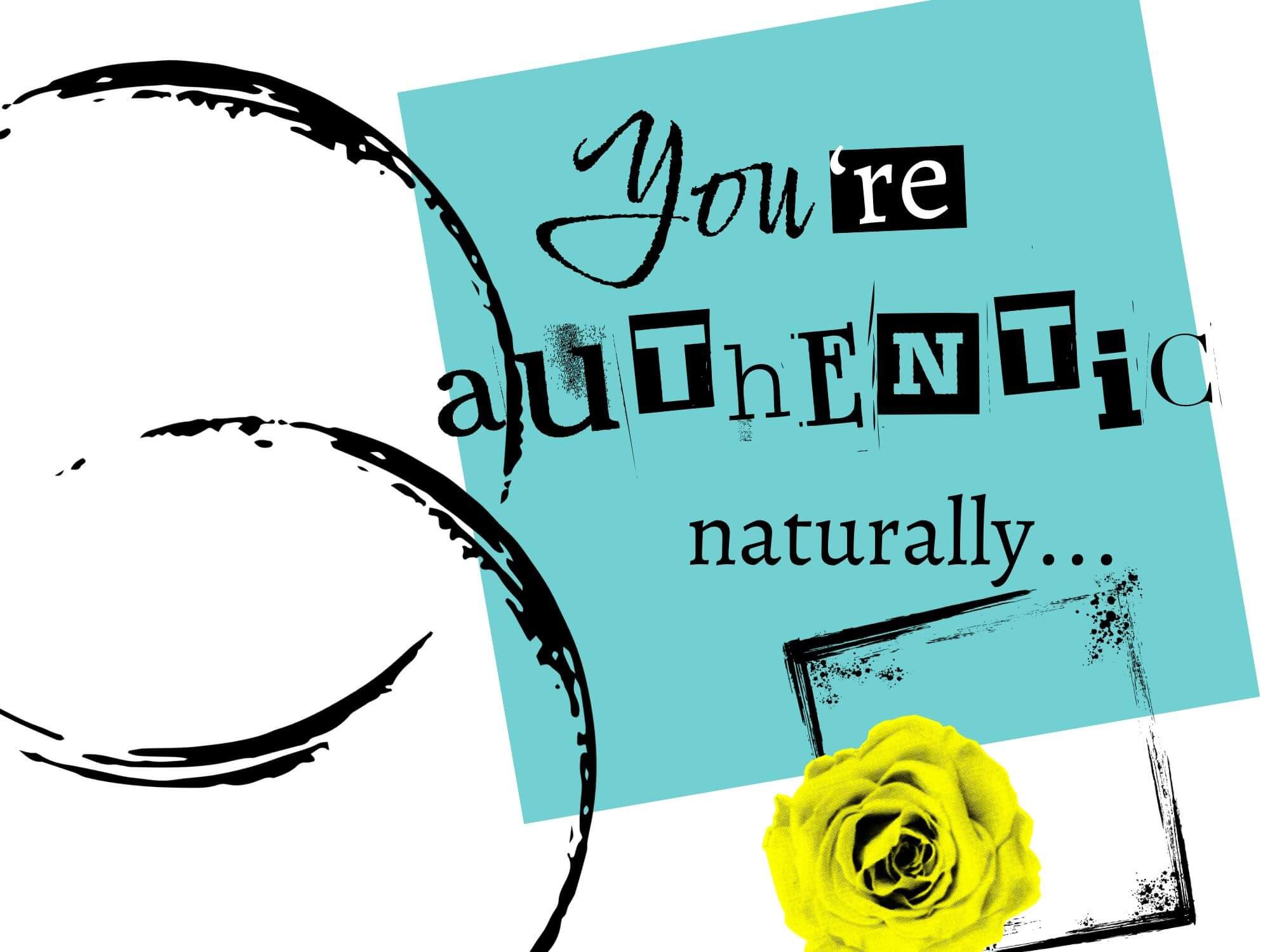How to Be Creative Again (10 ways to unblock creativity)
Feeling like you lost your creative spark can be frustrating. But it’s normal to go through the occasional rut or feel like you’ve lost your touch. So let’s nip this feeling in the bud. Let’s explore how to be creative again.
The tips below are effective solutions to unblock creativity and unlock new perspectives and inspiration.
I use these things to this day.
And while everyday can’t be a homerun (creatively speaking), these hacks are a great way to reset yourself and get back to at least neutral.
So I hope these methods work for you as well as they do for me. This is essentially my routine for planning projects, building discipline and staying creative.
So without further ado, let’s get it.
1. Know Your Values
A great first step for getting back to a creative place is to know yourself a little better.
Self awareness is essential as a creative, and one important piece of that puzzle is knowing your personal values.
If you’ve never thought about this before, there’s no stress. I actually never considered the topic seriously until recently.
I mean, I knew where I stood on topics and issues, but I didn’t have a clear or consistent answer to what things I actually valued.
So, like we all do, I took a test. It took me around 10-20 minutes to complete, and at the end, the website gave me my top 5 personal values.
And I must say, they were pretty spot on. It’s added a lot of clarity to my creative routine and motivation.
Attaching my creative pursuits and goals to my personal values boosts my motivation and creative inspiration or ideation.
If you’re interested in taking this test, you can find it at personalvalu.es. It’s completely free and I don’t think they even asked for my email to get the results.
2. Define Your Goals
Knowing your creative goals is both simple and difficult.
As an idea and concept, it’s easy.
In practice, it can get difficult. Often, when we start considering this in greater detail, we realize we don’t have a clear, specific goal.
So spend some time dialing in on this and find your purpose, reason and main, macro goal.
What do you want to achieve, what are your motivations and where do you see your future self as a creative person?
Once you’ve honed in on a main goal (or two), it helps to break things down.
Reverse engineering your goals will break them into more manageable steps and tasks, creating like a map or blueprint moving forward.
This will definitely help to boost your motivation and creative spirit.
3. Quantity (not quality)
This one feels counterintuitive, but it’s incredibly powerful.
Here’s the basic idea: stop focusing on perfection and being creative, and instead focus on output and creating many things at scale.
There is magic and creativity in pursuing quantity over quality.
This is for a couple reasons.
First, by focusing on quantity (i.e., creating as many things as we can, and not trying to make them “good”), we avoid the perfectionism trap.
Second, we have math and statistics in our favor.
By creating many different things, ideas and projects, we have a statistically higher probability of variation and one (or many) of those things being objectively higher quality.
For example, I usually make 2-3 different song ideas every day.
I don’t finish the vast majority of these. And a lot of them are pretty…average.
But I always uncover gems and unique moments of “perfection” or creative flow.
On the flipside, whenever I need to double down on my creative discipline and finish one specific idea, my progress feels piecemeal and slow (comparatively speaking).
Of course, it’s important to finish what we start, but in the purely creative phase, moving your attention away from quality, and towards output and quantity is super helpful.
It’s a fantastic strategy and trick for boosting your creative confidence (and enjoyment).
4. Stack the Deck In Your Favor
We can’t control everything. But we can stack some cards in our favor.
Creatively, there are things that will inspire us – and things that will deplete us.
So let’s create an optimized external environment for our creativity.
Here are three key areas I like to put my focus on:
My inner circle
The people I surround myself with
Tip: Network and be around more creative people with a growth mindset
My outer circle
The people I listen to and the content I consume
Tip: Focus on content that is inspiring and makes you feel creative and motivated
My environment
My room and its aesthetic, design, smells and sounds
Tip: Make a creative space full of sounds, colors, smells and designs that inspire you to make things
5. Find Your Inspirations
Personal icons – inspirations – the people, places, emotive music and things that inspire us.
These things are essential in creativity.
Finding what inspires you (and keeping it close) can feel like a pretty straightforward and obvious tip, but it’s often forgotten (or pushed aside).
So let’s bring this idea back to the top of the mind, and keep it there.
Think about the people and things that inspire you (creatively). Whenever you’re feeling creatively tapped, it can be helpful to revisit these things for a quick inspiration boost.
It’s like a shot of creativity.
For me, I’m always jolted into a creative state when I listen to Krewella, watch Lauren Tsai make art or, I don’t know, look at pictures of Burning Man.
Better yet, as an advanced move, you can practice becoming your own inspiration.
It’s fun to zoom out and realize how far you’ve come by revisiting old creative projects and ideas. I always feel motivated and gain perspective after doing this.
6. Start A Meditation Routine
I’ve recently gotten into meditation – and I’m obsessed.
Besides the amazing mental, health and self care benefits, meditation is super helpful for reaching a more creative space.
Sitting down, closing your eyes and overcoming your body’s urge to get up and do something or check your phone is cathartic.
As you get good at this, you start to reach deeper levels of consciousness and brain levels. For example:
Beta → our normal, thinking, analytical brain
Alpha → less thinking, less analytical, opening your focus and feeling/sensing energy and space, a creative state with a relaxed and restful present-moment feeling
Theta → Hypnotic state, very relaxed
Reaching a restful, relaxed state of mind, grounded in the present moment, is a creative, imaginative state.
Your mind wanders and you’re letting go of thoughts, watching them come and go (without exhausting any energy on them). You’re creating.
So if you’ve never tried meditation (or built a consistent, daily routine of doing it), I definitely recommend trying this as a way to boost your creativity.
But there’s another way to add some extra creative fuel to mediations: visualization.
So let’s explore this idea next.
7. Visualization (what would future you do?)
Visualization is amazing. And it actually has a lot of research and science to back it up.
So what is visualization?
Visualization is intently focusing on and imagining some future event, situation or goal and feeling the emotions as if it’s already occurred.
That last part is key.
When meditating and imaging your future self and your future goals (such as more creativity), it’s crucial to feel the feelings of reaching that moment.
The point is to reach a point in your visualizations where your mind and body are feeling like you’ve already accomplished the goal.
Something interesting happens in our brain and body when we reach this level of imagination – our chemistry, brain and genes literally change.
It’s great to imagine this future state – your future creative self – and then simply act and make decisions in a way that your future self would behave.
You know, what would future you do?
So what used to be woo-woo and mystical is becoming more scientific and mainstream. I won’t go into all of that here, but I definitely recommend digging deeper into this topic.
Here are a couple of great resources to start with:
Vishen Lakhiani and Mindvalley
8. Practice the Right Mindset
Mindset is everything. It’s actually one of my running themes for this blog.
So when it comes to creativity, one of the biggest influences (that we have control over) is mindset, and our mindset and how we perceive ourselves.
Optimizing our perspectives on creativity can enhance our abilities and boost our inspiration and imagination for what we believe we can do.
For example, I used to often feel stuck when producing music. I would always compare myself to other musicians and I focused on all of my weaknesses (and felt stressed to even practice them).
But once I shifted my mindset about music production, everything changed.
I suddenly remembered that I had been playing guitar and writing music for the past 20 years, and that I had valid, good and unique ideas.
I stopped comparing myself, and reframed my weaknesses as exciting opportunities and skills to learn that would unlock new creative potential.
I chipped away day by day, little by little, and thanks to compounding, I became confident, creative and I’ve been consistently reaching my music goals.
So practice shifting your mindset. Here are some tips to get started:
Learn about neuroplasticity
Study other artists and successful people and their perspectives
Learn more about the growth mindset
Focus on incremental improvement
Hang around more people with a creative, growth mindset
9. Just Start Creating (but pretend it’s a joke)
Creating something – but pretending it’s a joke – is one of my top moves for getting into a creative mindset.
It takes away all the stress and focus of trying to be creative or “good”.
It’s fun, cathartic and can actually spark some interesting and creative ideas.
A similar challenge is to use a timer. For example, you set a timer for 30 minutes, and then you need to make something – anything – before the timer runs out.
For me, this tends to be a music challenge, like making a song (or at least, the shell of a new song). But you could also create a painting, some computer graphic or even write a short story.
The options are endless.
This strategy fosters some unique creative moments, but there’s another interesting benefit.
There’s a simple truth that by just starting an action, you actually create the necessary momentum for motivation, inspiration and creativity.
This is because mood often follows action (not the other way around).
Of course, sometimes motivation creates action – but it’s unreliable and piecemeal.
Mark Manson calls this the ‘Do Something Principle’ (something I’ve tried, and can tell you it works).
10. Learn. Stack Skills. Go Rabbit Holing.
Learning and education have profound effects on our brains. One of them being creativity.
Something interesting happens when you commit to learning and always being a student. You gain a vast array of knowledge, skills and talents.
Eventually, you’ll experience insightful, innovative moments where these seemingly separate skills and bits of knowledge overlap.
Steve Jobs referred to this as connecting the dots in his often-referenced Stanford speech.
So keep digging. Go down rabbit holes. Study other creative people. Try new things, learn new stuff and keep expanding your skills.
Eventually, new thinking, innovation and creativity happen.
Want More? Check Out These Sweet Reads!




